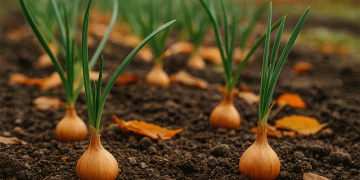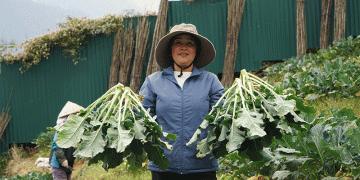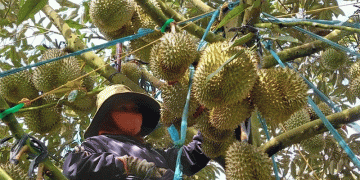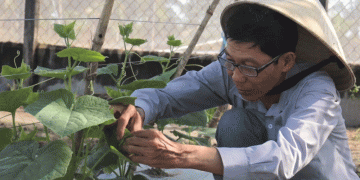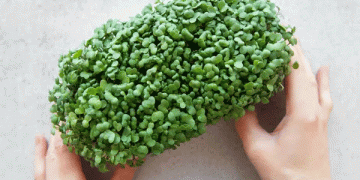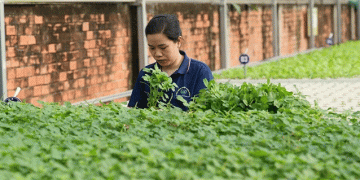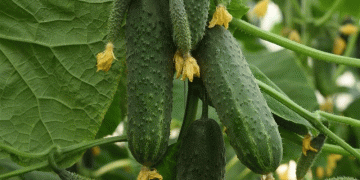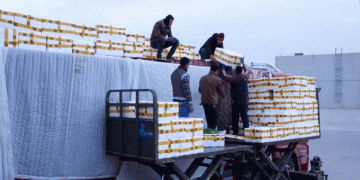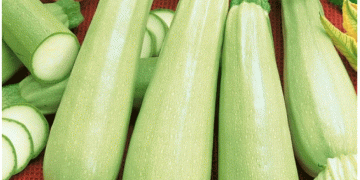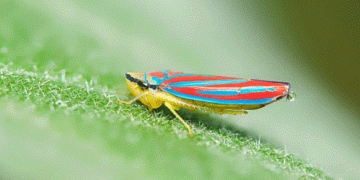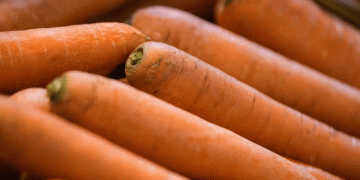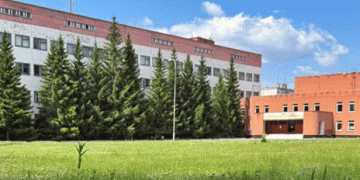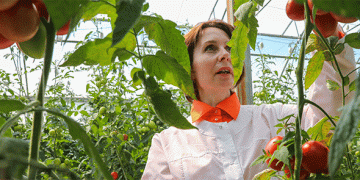For most growers, onions are a staple of the spring planting schedule. However, a method practiced by savvy horticulturalists can revolutionize the harvest: winter sowing. Planting specific oзимые (winter-hardy) varieties in the autumn leverages the natural process of vernalization, resulting in bulbs that are not only ready weeks earlier but are often larger and more vigorous. This technique, while common in professional circles, remains an underutilized secret that can provide a significant market advantage and extend the fresh harvesting season.
The Science of Vernalization and Its Tangible Benefits
The core principle behind winter onions is vernalization—a physiological process where exposure to prolonged cold temperatures stimulates flowering and bulb formation. For alliums like onions, this cold period triggers a more robust and accelerated growth cycle come spring. The benefits are well-documented and substantial:
- Earlier Harvest: Winter onions can be harvested 2-3 weeks earlier than spring-planted sets. This head start is a major commercial advantage, allowing access to early-season markets where prices are typically higher.
- Larger Bulbs: Studies have shown that vernalized onion plants often produce larger bulbs. A report from the University of California Cooperative Extension notes that properly vernalized onions can see a yield increase of 10-20% due to a longer effective growing season and stronger initial root establishment in autumn.
- Improved Vigor: Establishing roots in the fall allows the plant to hit the ground running in spring, utilizing early soil moisture and often resulting in a more resilient plant that is better at outcompeting early-season weeds and resisting certain pests.
Selecting the Right Varieties: It’s Not Just Any Onion
A critical failure point for growers attempting this method is using the wrong type of onion. Short-day and some intermediate-day varieties are unsuitable as they are highly prone to bolting (going to seed) after vernalization. The key is to select specific winter-hardy, long-day or specially bred oзимые varieties known for their bolting resistance.
The article correctly highlights excellent choices:
- ‘Red Baron’: A reliable, cold-tolerant red onion with good storage quality.
- ‘Shakespeare’/’Troy’ (often similar to ‘Штутгартен Ризен’): A classic, pungent yellow storage onion known for its winter hardiness.
- ‘Exhibition’ (‘Эксибишен’): While not a traditional storage onion, it is prized for its massive size and sweet flavor when harvested early.
Other proven varieties for winter planting include ‘Radar’, ‘Electric’, and ‘Senshyu Yellow’, all bred specifically for autumn sowing.
The Golden Window: Precision in Planting Timing
Timing is the most crucial factor for success. The goal is to plant so that the bulbs establish roots before the ground freezes but do not send up significant green top growth that will be killed by frost.
- The Rule: Plant 2-4 weeks before the first hard, lasting freeze, when soil temperatures have dropped below 60°F (15°C) but are still workable.
- Regional Guidance:
- USDA Zones 5-6 / Central Russia: Mid to late October is typically ideal.
- Warmer Zones (7-8): Late October through November.
- Colder Zones (3-4): Aim for late September to early October.
- A Data-Driven Approach: Modern growers can use soil temperature probes to precisely target the optimal window, removing the guesswork and maximizing establishment rates.
A Low-Risk, High-Reward Strategy
Incorporating winter onions into a production schedule is a low-input, high-reward strategy. It requires no special equipment—only the knowledge of correct variety selection and precise timing. The payoff is a harvest that is earlier, often larger, and of high quality, providing a competitive edge in the market.
For agricultural scientists and engineers, this method also presents opportunities for further optimization through refined planting schedules, tailored variety trials for specific microclimates, and the development of precision planting equipment to scale the practice. For the discerning farmer or gardener, mastering the winter onion is a clear step towards a more productive and profitable operation.
